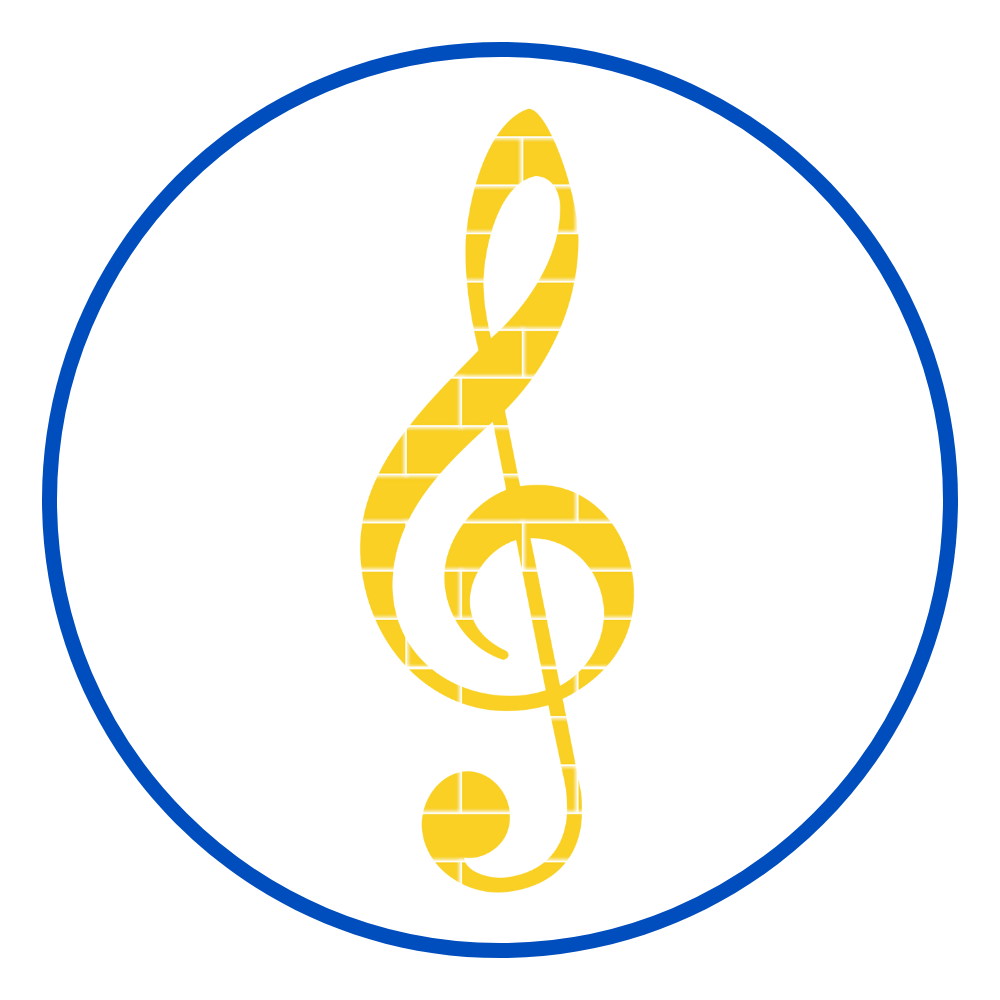Remember the time that my eustachian tube planned a coup against the rest of my ear? Well, it’s happened again. So here I am, with amplified sounds and an echo in my ear that sounds like a deranged robot. I’ve made another appointment with an ENT. But in the meantime, I’ll be avoiding pain-inducing activities, such as creating music videos for my Youtube channel. Instead, I’ve decided to focus on one of my favorite topics; how to incorporate art music into the elementary music classroom. I’ve written on this topic several times, which you can read about here and here. Today’s featured piece is The Rite of Spring by Stravinsky.
HISTORY
I’ve always found music history fascinating. Whether by consequence of my excitement or natural curiosity, my students always found it fascinating too. One way to grab their attention and hold it, is by describing how audiences first reacted to The Rite of Spring. If you’re not familiar with its effect on audiences, you can read a short article about it HERE. The main takeaway is that the music was so different and broke so many of the traditional music rules that it caused a riot (though there were other factors at play too).
This is also a good time to remind students that there were many musical breakthroughs throughout history that led up to The Rite of Spring, and many more were to follow. I always liked to tell students that if it weren’t for (insert your favorite composer here), perhaps their favorite song would never have been written. For example, if it weren’t for Memphis Minnie, Big Mama Thornton, and other musicians like them, music in the U.S. would sound very different.
There are tons of opportunity for class discussion. You can ask questions such as, “Why do you think the audience reacted so strongly to Stravinsky’s music?” or “If we traveled in time and stopped the premier of The Rite of Spring, how would our music sound today?” If your students go off on a tangent about the mechanics of time travel, you can always explain it as The Doctor does, “it’s more like a big ball of wibbly-wobbly, timey-wimey … stuff.”
SYNCOPATION
Speaking of timey-wimey, The Rite of Spring is also great piece for discussion on syncopation. Ask students to describe the beat and rhythm. You might throw in a few suggestions to get their wheels turning, such as, “surprising”, “jolting”, or “offbeat”. Create a list of the words they use. You’ll be able to reference it later when you formally introduce the word “syncopation”.
MOVEMENT
Have students move to the music. Use these free movement vocabulary worksheets as reference or during a game of music freeze. Directions are included in the download.
FOLLOW UP
Bump Up Tomato would be a fantastic follow-up to The Rite of Spring. I first read about this song/game on the blog Treble in the Classroom. The premise of the game is to make the students laugh (my favorite) as they practice singing the syncopated rhythms. As I’ve said before, it’s learning in disguise, my favorite kind!


5 Responses
As always, your posts are insightful and spot on for what today's kids need to be doing in the music room. Thanks for sharing!
Thank you Sandra!
I played "The Right of Spring" in an all state orchestra on French Horn in high school. I absolutely loved it. Thanks for ideas for giving more ideas for introducing it to students!
"Rite"
Thanks for commenting 🙂